1913 Back to school
TL;DR: A Very Brief Guide to Reading and Writing in University
by Joel Heng Hartse
Vancouver: UBC Press, 2023
$24.95 / 9780774839143 (paperback)
Reviewed by Sheldon Goldfarb
*
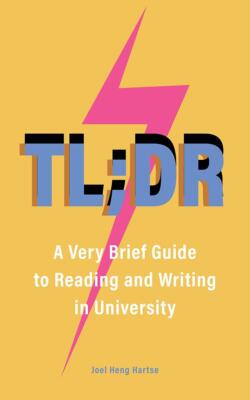 There’s been a revolution in the teaching of composition. In my day (but this was back in another century) the focus was on The Essay, or what Joel Heng Hartse calls The Paper. Sometimes the textbooks talked about the five-paragraph essay, which was not to my taste at all, but at least they were talking about writing an essay. Nowadays, to judge from Hartse’s book, the focus is on The Summary. How to summarize, how to avoid plagiarism when you summarize, how to paraphrase, how to quote. All for a summary. But who cares about summaries?
There’s been a revolution in the teaching of composition. In my day (but this was back in another century) the focus was on The Essay, or what Joel Heng Hartse calls The Paper. Sometimes the textbooks talked about the five-paragraph essay, which was not to my taste at all, but at least they were talking about writing an essay. Nowadays, to judge from Hartse’s book, the focus is on The Summary. How to summarize, how to avoid plagiarism when you summarize, how to paraphrase, how to quote. All for a summary. But who cares about summaries?
Well, I suppose, in our age of information overload, that’s all anybody cares about. Who reads essays anymore? They’re too long, hence the abbreviation that gives Hartse the title of his book, tl;dr, or “too long, didn’t read.” I suddenly think of 50’s executives, or no, government officials telling one of their underlings to produce a bullet-point précis of a dense foreign policy document. We are drowning in foreign policy documents that nobody reads anymore. Which makes you wonder why we write them. To get tenure?
A colleague of mine, in a cynical mood, once said the main thing in writing an academic paper was to come up with a catchy title because that’s all anyone’s going to read. And I know I read a lot more headlines than full news stories, but sometimes I like to read something more substantial, and Hartse does eventually get past The Summary and starts to talk about The Paper.
At this point I was on much more familiar ground: get your thesis statement clear, put it at the end of your introductory paragraph, then write a series of paragraphs, each with a topic sentence that both looks back to the thesis statement and lays out exactly what will follow in its paragraph. In fact, everything is supposed to signal what will follow. Tell ’em what you’re going to say, tell ’em, tell ’em what you said.
How boring. Must our essays all follow this repetitive formula? Where’s the room for creativity? For exploration, for finding out what you think in the process of writing. How do I know what I think till I see what I say? That sort of thing.
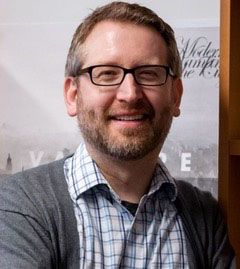
To be fair, Hartse encourages exploration at the research stage, but why does that stage have to end? Why can’t an essay be an exploration? One time teaching English 100 I thought, to be fair, that I would write the same assignment I gave the class, which was on something like your favourite hobby. I wrote about jogging and mused about why I enjoyed it, ending with a series of sentences beginning with “Perhaps.” Perhaps it’s the endorphin high, perhaps the joy of escaping, and so on.
One of my students was very disapproving. Sir, she said, we were taught in high school that you should be clear and take a stance. Hartse is also keen on being clear and taking a stance, though to be fair he wants students to pursue complexities and specifics. He even produces an elaborate thesis statement which goes like this:
Universities need clearer policies about how plagiarism is defined, and they need to take a teaching-oriented approach to dealing with cases of plagiarism rather than a punishment-oriented approach. Most plagiarism cases are the result of ignorance of the norms of academic communication rather than intentionally deceptive violations of the rules.
This is very interesting. For one thing, it’s two sentences long and contains at least three separate thoughts. I can see it going in several different directions. Will the essay that follows lay out what the clearer policies might be? Will it discuss some sad cases where punishment prevailed over teaching? Will it talk about norms and how confusing they can be?
And who knows where this will end up? And yet the point of a thesis statement, says Hartse, is to clearly state the purpose to which the whole essay will connect. Hmm. I like his example better than his precept.
I also like his idea of refining an assigned topic into a question. Questions are what get me going. I spent a whole career on the Victorian author William Makepeace Thackeray trying to answer the question of why his most famous novel, Vanity Fair, started off cynically and ended up bathed in sentimentality (though with some outcroppings of cynicism remaining). I once wrote a short paper trying to answer the question of what a typographical error in Vanity Fair should have been: I began with the question and ended with my proposed answer.
Now, I could have started the finished paper with my answer; by the time I wrote, I knew the answer. By the time Conan Doyle wrote a Sherlock Holmes story, he knew the solution to the crime – but he didn’t begin the story with it.
Of course, an academic paper is not a murder mystery, and it’s very convenient to have the whole paper, or answer, condensed into an opening paragraph – but then why would anyone bother reading the paper? Which brings us back to our modern situation of summaries rather than papers. Eventually, I suppose there will be no papers at all, just some free-floating thesis statements and summaries.
But I like reading a good essay (or a good murder mystery). And I don’t see why even an academic essay can’t start with a question rather than a statement. Then you take the reader on the journey, and sometimes the journey is as interesting as the destination.
Beginning with a question can solve the problem of what to write in your conclusion. Hartse says conclusions are hard, and they are, especially when you essentially present your conclusion in your opening paragraph as your thesis statement. How can your conclusion then be anything other than a repetition?
Hartse does have some suggestions: you can end your paper by trying to answer the question, ‘So what?’ Or ‘Who cares?’ What does what you have written lead people to think or do? End with a call to action, Hartse says. I did that once when at the end of an exploration of the stages of life in the Sherlock Holmes stories, I suggested that this would be a fruitful area for further academic study. Come on, academics, get to it!
But I don’t always end my papers that way; there is no rule. And that’s the problem with trying to present rules or formulas to follow. One of my composition students came to me in distress after a class in which I questioned the usefulness of the five-paragraph essay, saying, “But sir, that’s the only way I know how to write.”
One can get addicted to one’s formulas, and that’s a sad thing, especially when they are not especially good formulas. The best writing, I find, is when there is no formula, when you’re not worrying about rules and techniques, when you’re following the advice of that great writing expert, Cato, who said: “Grasp the subject, the words will follow.”
Good advice. Of course, it doesn’t solve all problems. How do you combine creativity with getting the facts right? That’s a question that besets me sometimes; I wish Hartse had addressed it. Or how do you revise a paper to go in a different direction than you originally intended while still retaining some of the good stuff you wrote originally? Those are the things I’d like to learn more about. Or how can you avoid feeling tense when you sit down to write?
There are all sorts of things I could still learn about writing, and perhaps someday I will find a writing guide that talks about them. In the meantime, I will just wait out the revolution and hope someone will save us from our summaries.
*
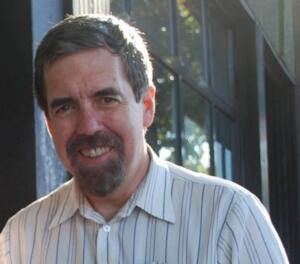
Sheldon Goldfarb used to teach composition at UBC and is the author of The Hundred-Year Trek: A History of Student Life at UBC (Heritage House, 2017), reviewed by Herbert Rosengarten. He has been the archivist for the UBC student society (the AMS) for more than twenty years and has also written a murder mystery and two academic books on the Victorian author William Makepeace Thackeray. His murder mystery, Remember, Remember (Bristol: UKA Press), was nominated for an Arthur Ellis crime writing award in 2005. His latest book, Sherlockian Musings: Thoughts on the Sherlock Holmes Stories (London: MX Publishing, 2019), was reviewed in the BC Review by Patrick McDonagh. Originally from Montreal, Sheldon has a history degree from McGill University, a master’s degree in English from the University of Manitoba, and two degrees from the University of British Columbia: a PhD in English and a master’s degree in archival studies. Editor’s note: Sheldon Goldfarb has recently reviewed books by Sebastien de Castell, Esmeralda Cabral, Bruce Whiteman & Mireille Silcoff, Nick Thran, Susan McIver, James Gifford and he has contributed a comedic poem, The Ramen, based on Poe’s “The Raven.”
*
The British Columbia Review
Interim Editors, 2023-24: Trevor Marc Hughes (non-fiction), Brett Josef Grubisic (fiction)
Publisher: Richard Mackie
Formerly The Ormsby Review, The British Columbia Review is an on-line book review and journal service for BC writers and readers. The Advisory Board now consists of Jean Barman, Wade Davis, Robin Fisher, Barry Gough, Hugh Johnston, Kathy Mezei, Patricia Roy, Maria Tippett, and Graeme Wynn. Provincial Government Patron (since September 2018): Creative BC. Honorary Patron: Yosef Wosk. Scholarly Patron: SFU Graduate Liberal Studies. The British Columbia Review was founded in 2016 by Richard Mackie and Alan Twigg.
“Only connect.” – E.M. Forster
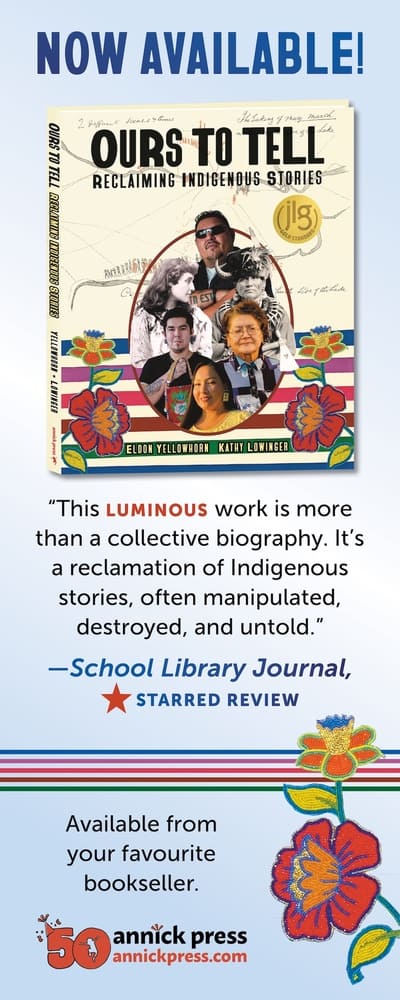
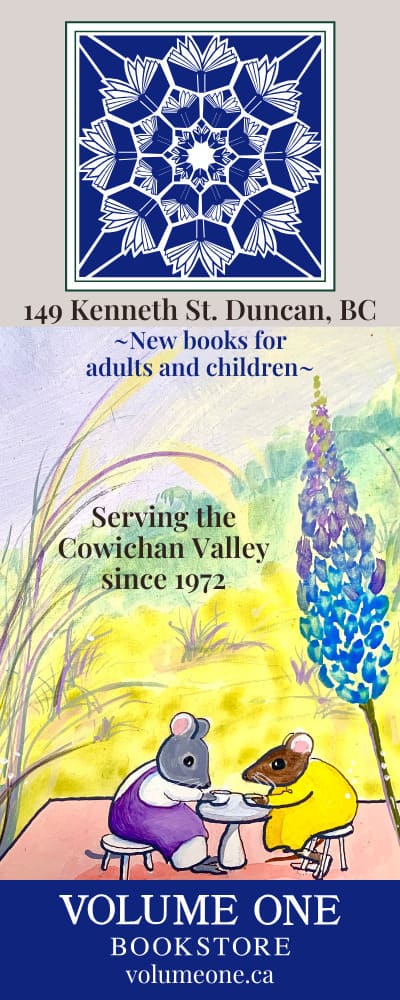
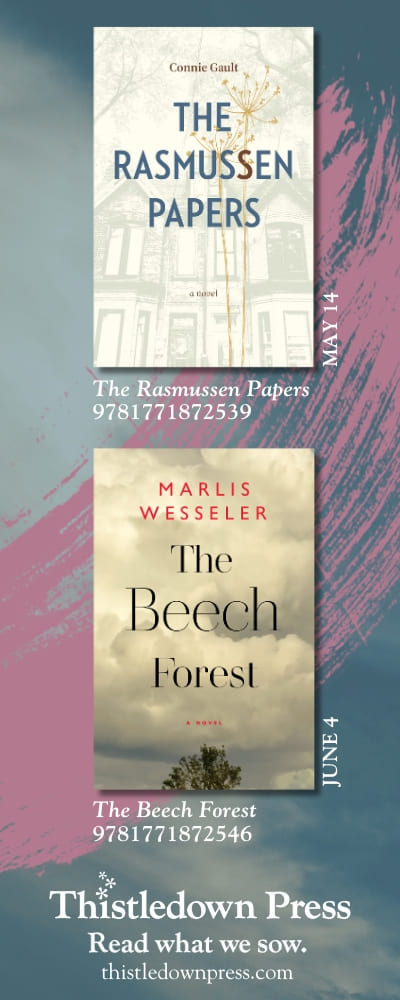
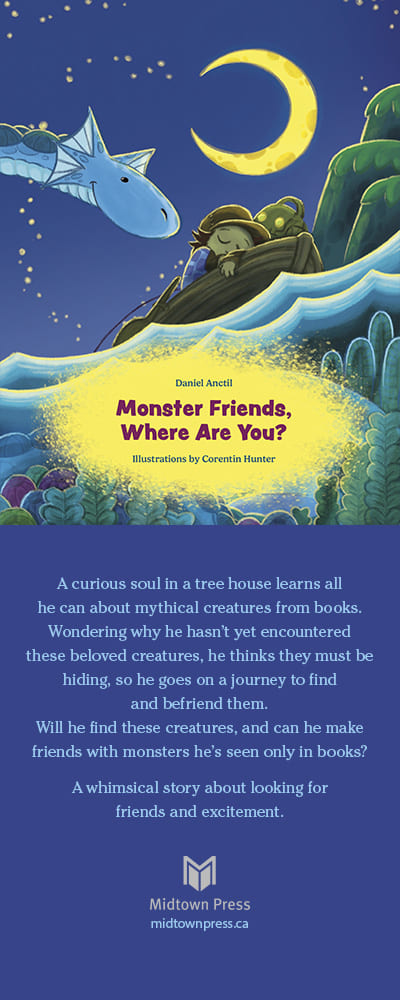
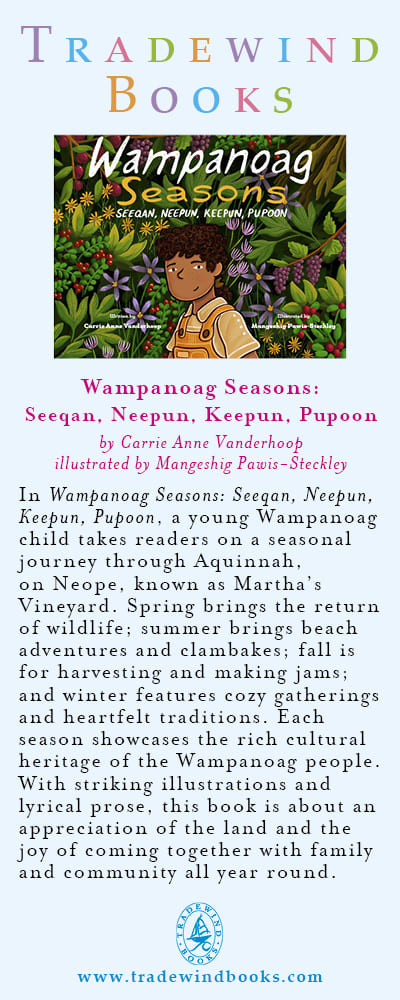
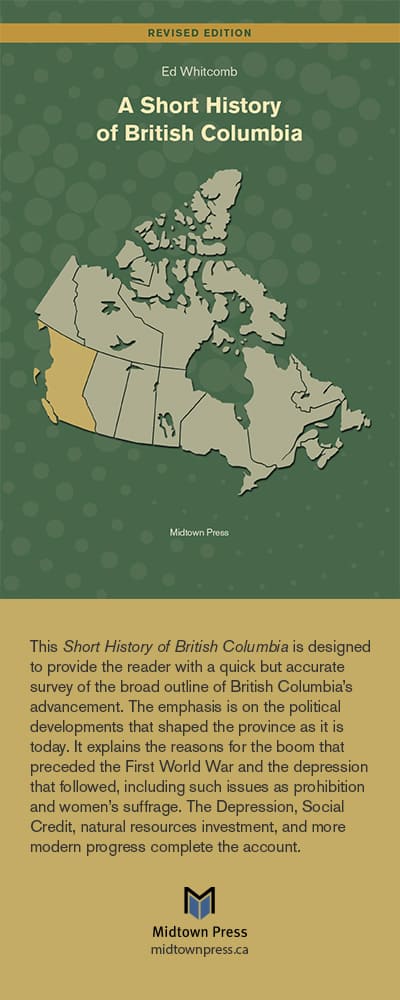
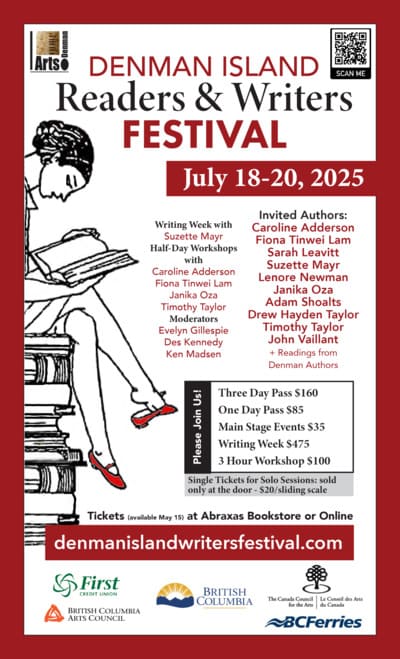
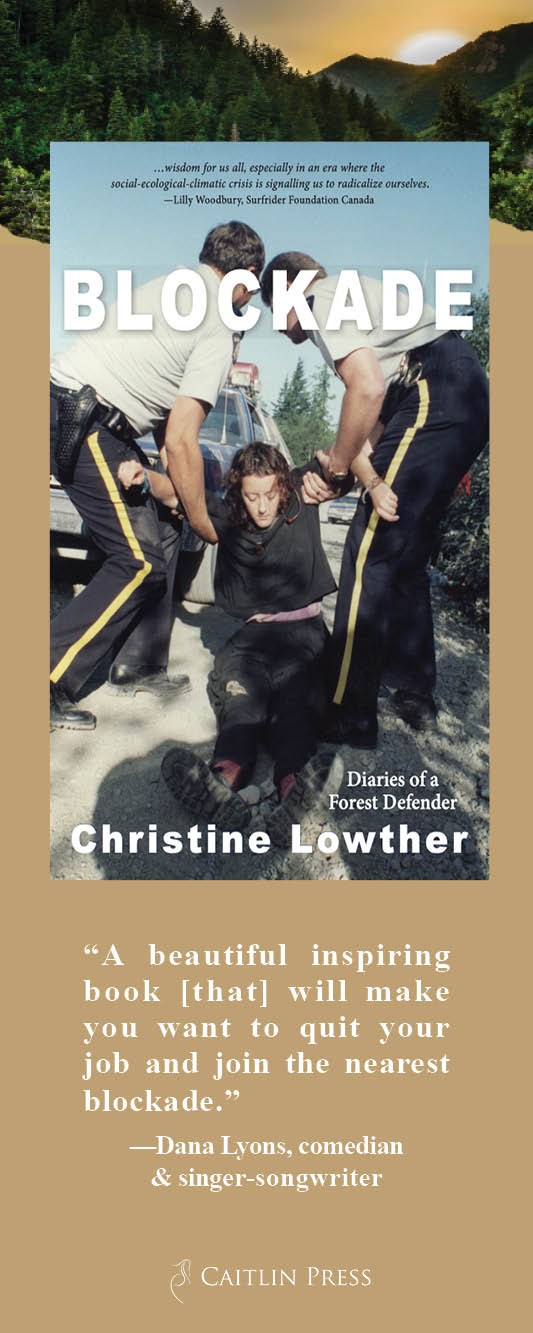
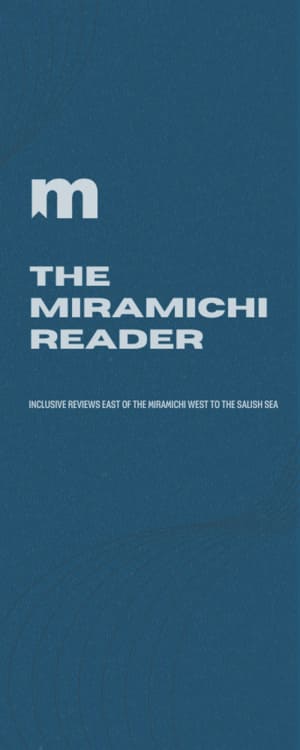

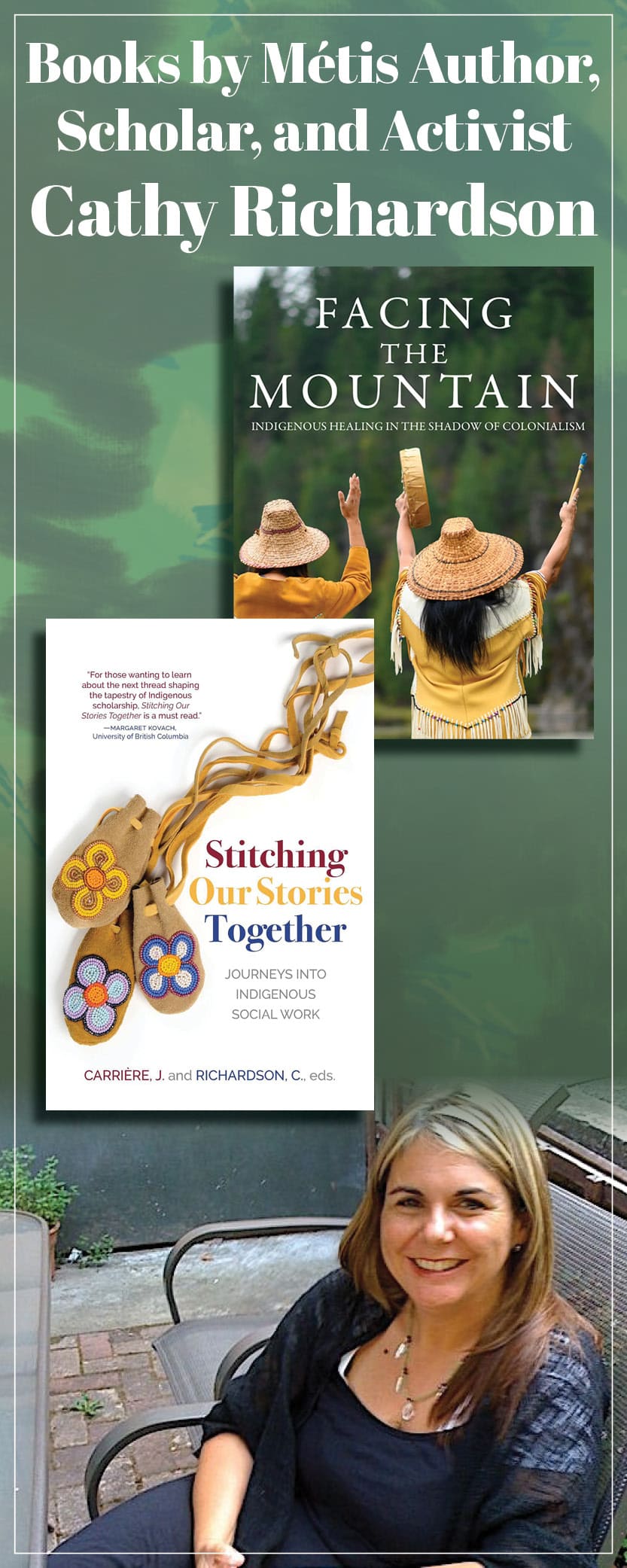
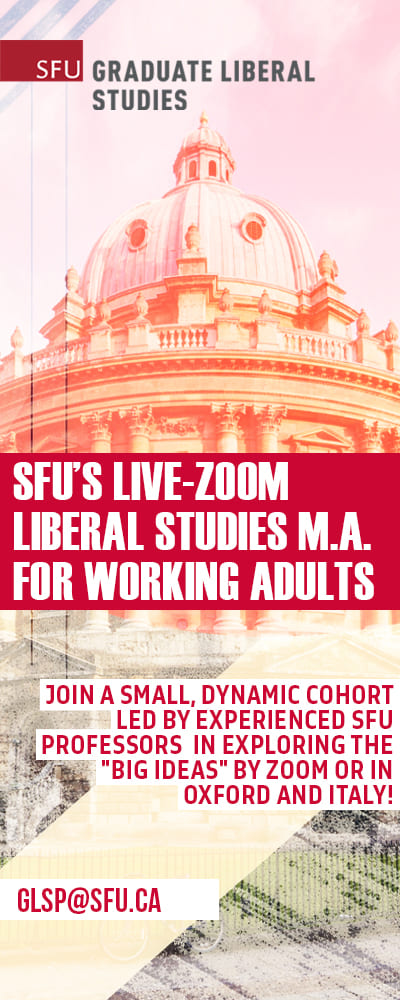
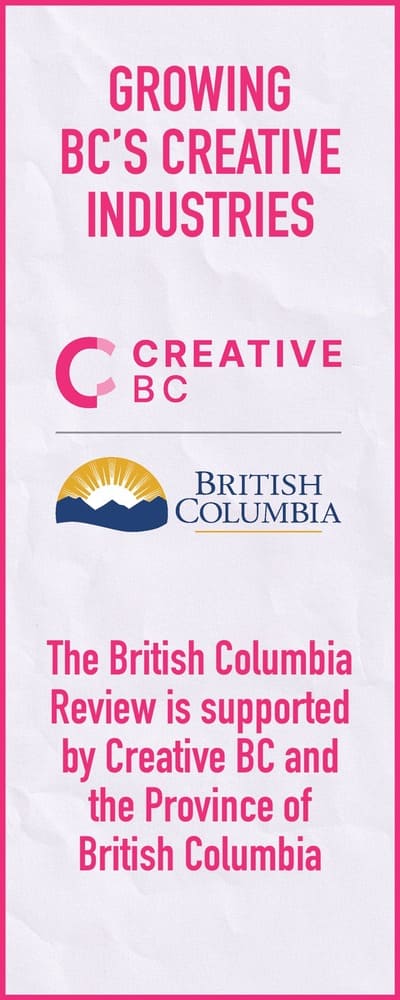
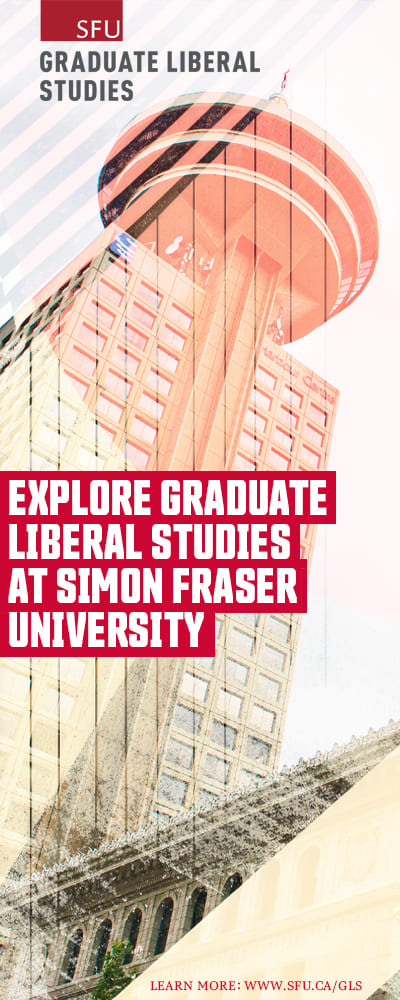
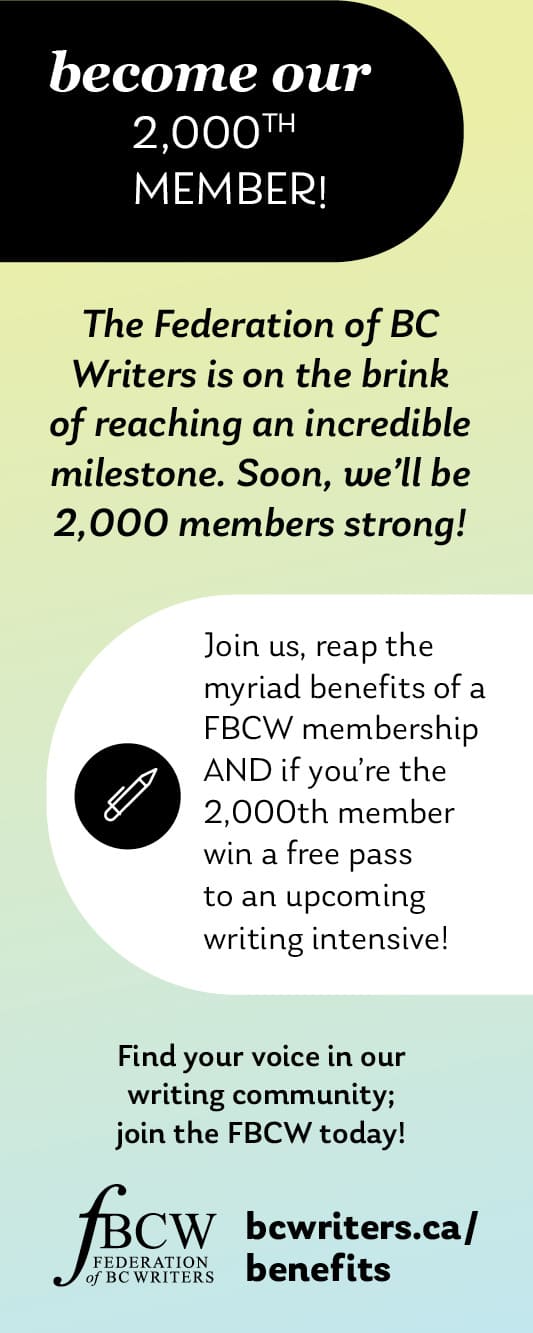


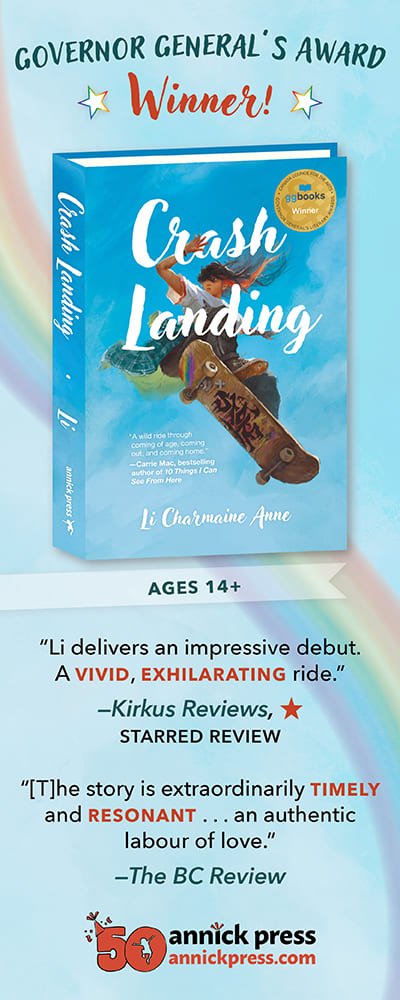
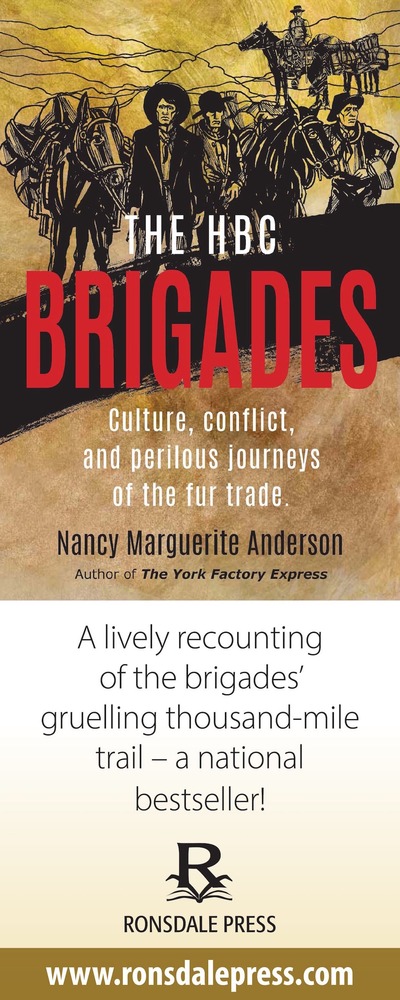
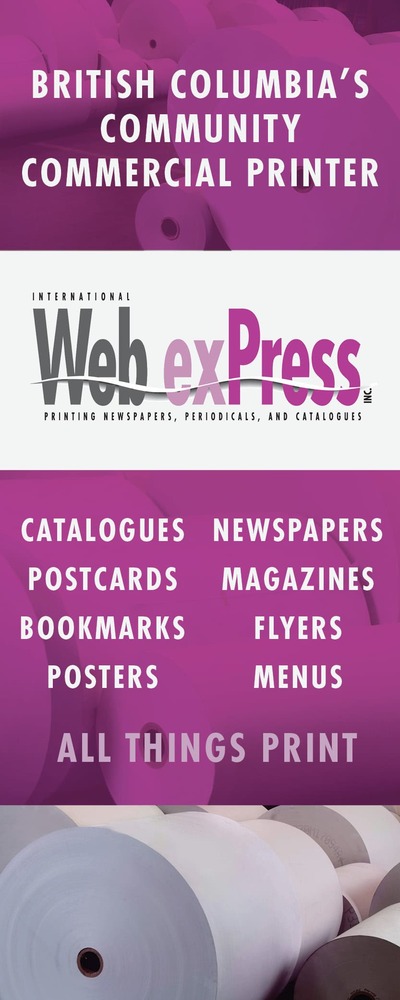
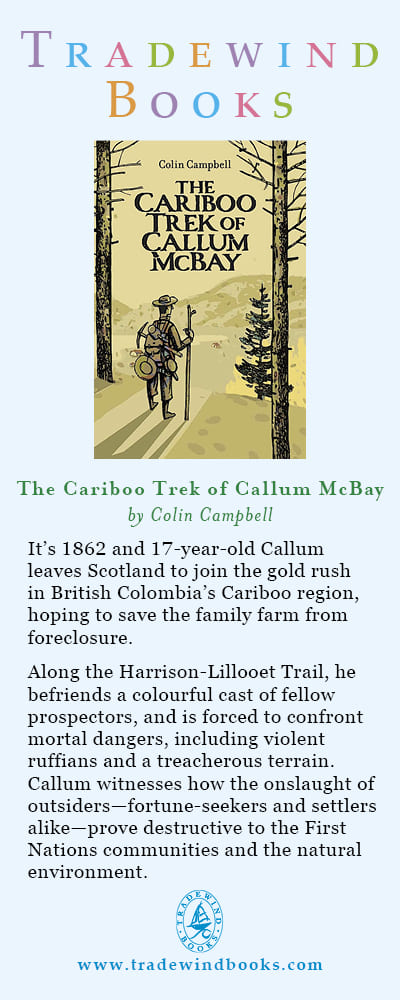


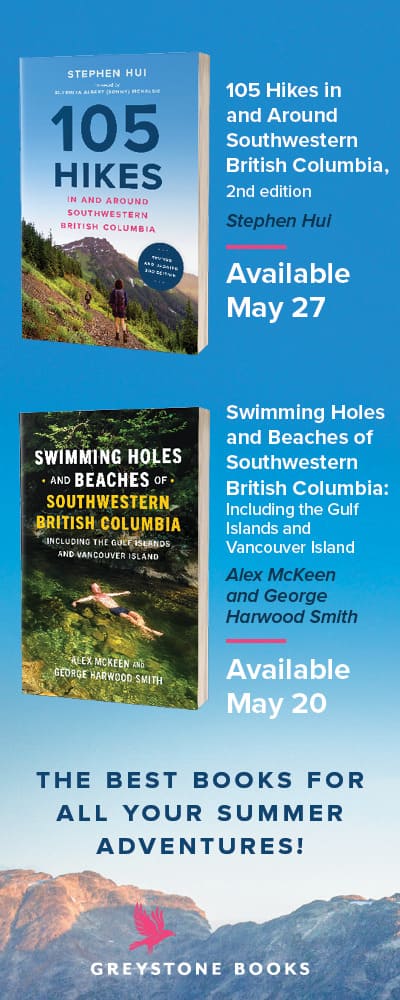
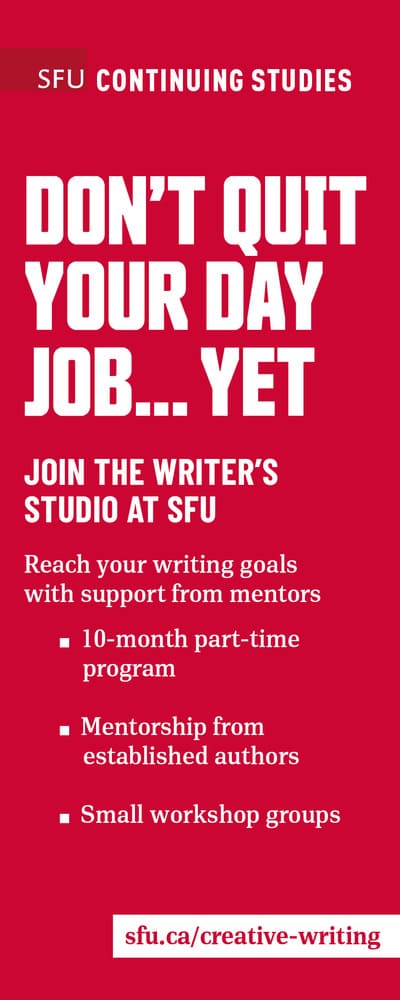
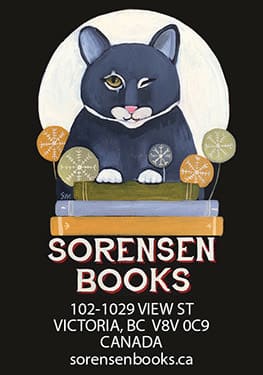

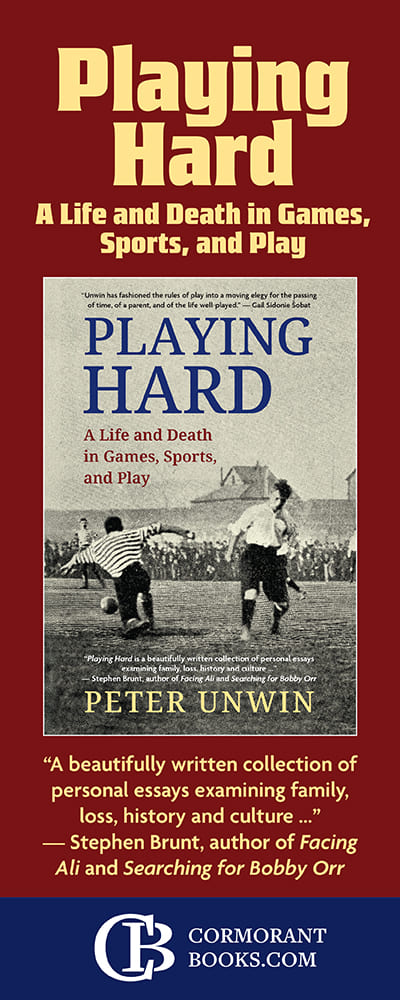

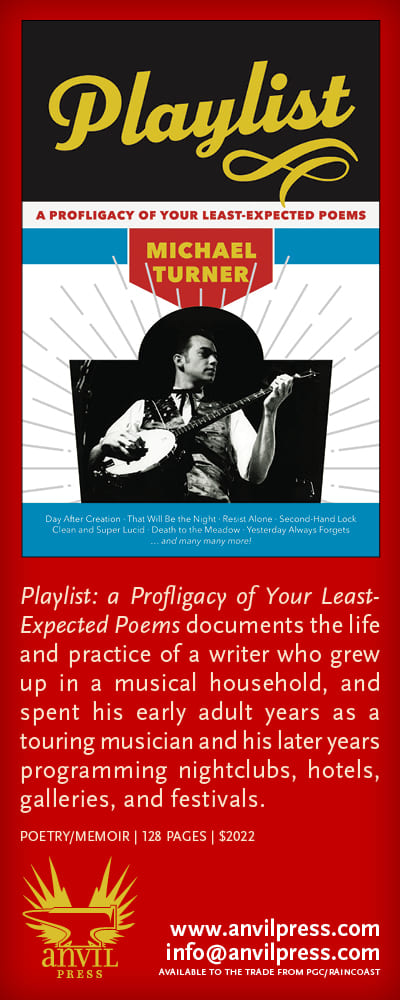

5 comments on “1913 Back to school”